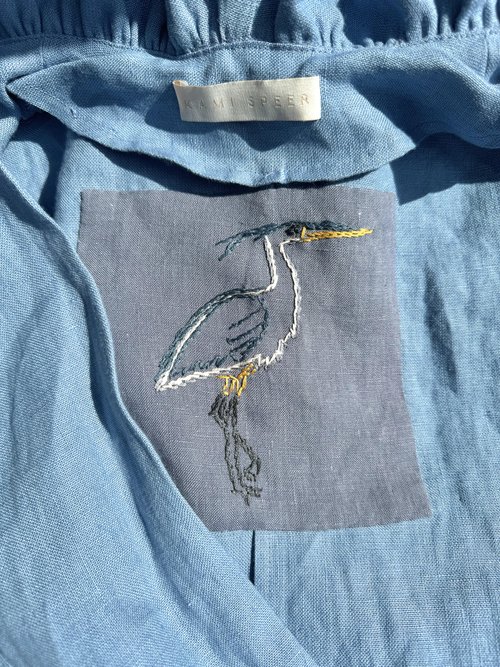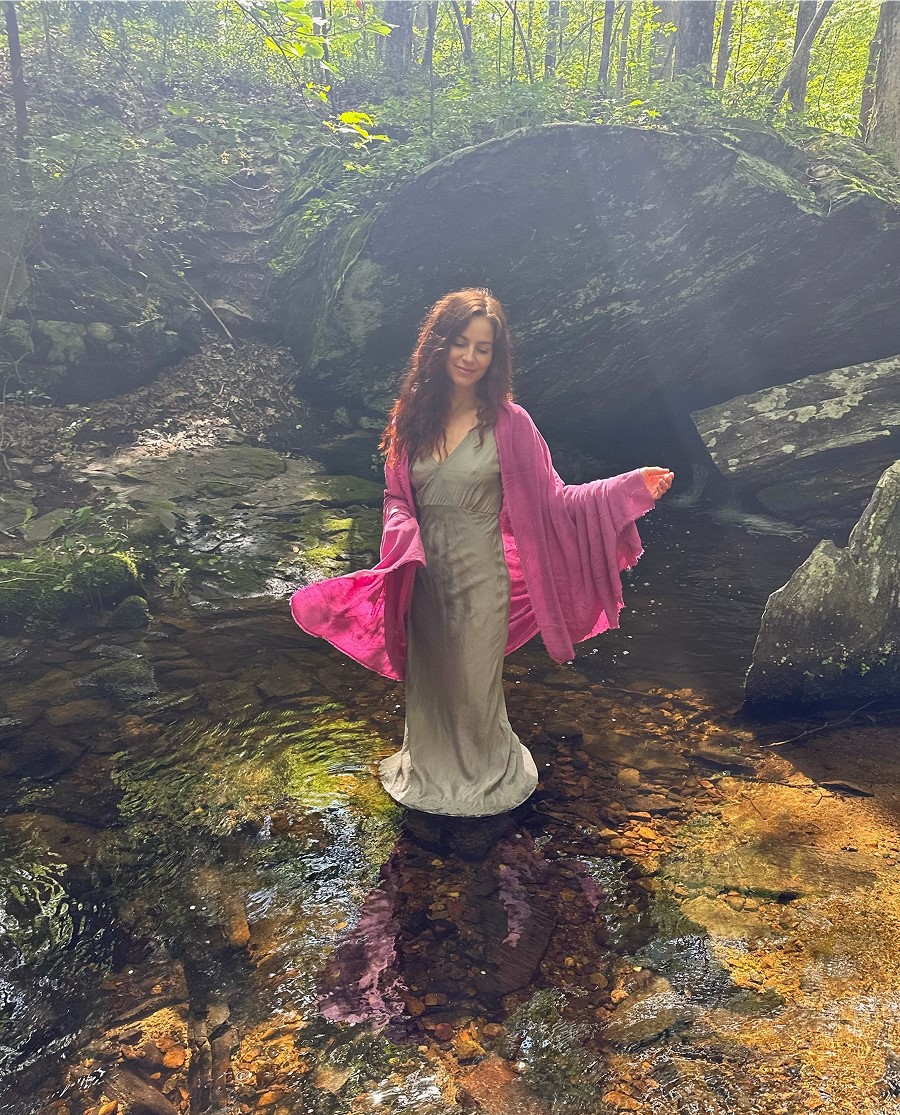Herons, easily identifiable by their graceful long necks, are known as otherworldly guardians–watchers at the edges between the realms. Present o n every continent with the exception of Antarctica, it's possible to imagine that this etheric being is truly a gatekeeper of sorts, carrying messages from the Divine to the humans inhabiting the surrounding land. Often interchangeable in myth with both storks and cranes, they belong to the family of birds called Ardeidae.
Herons appear in myths and stories across nearly all cultures and civilizations. In Celtic mythology they are believed to be gifted with mythical power, while many Native American traditions associate them with good fortune. In Japan they are viewed as spiritual intermediaries and good omens who bear messages of hope.
.jpeg)
In the modern world, where we can become disconnected from our inherent connection to the land, anecdotal evidence suggests that many women see herons prior to learning they are pregnant, or along their fertility journey. As Dr. Sharon Blackie states in Belonging to the Land’s Dreaming, “This is how the land draws us into relationship with it, by engaging our imagination. This is how we can build belonging, and this is how we re-enchant the Earth.” Further on she writes, “The exterior landscape interacts with our interior landscape, and in the resulting entanglements, we become something more than we otherwise could ever hope to be.”
From: https://humansandnature.org/belonging-to-the-lands-dreaming/
In a time where fertility has become a fraught subject for many women, those wishing to become pregnant may become more attuned to the signs of the natural world. They may be more drawn to omens, in part because they, like the heron, have become edge dwellers, walking through landscapes of grief and hope as they live their outward life, and carrying an internal experience that is primary for them, while invisible to much of the outside world. Perhaps there's a deep connection with the way of the heron. Moving between realms, retrieving hope to go forward, being patient with the transformation of grief back to hope once more.
Is it possible that the land knows us very deeply? Is it possible that whether or not we are consciously aware of it, our great-great-grandmothers saw these same signs and omens, and the awareness and attunement to them lives in our blood and our bones?
Blackie refers to “re-mythologizing our places” in her article (cited above). She posits how this is more than an interesting intellectual exercise, but an act of radical belonging. Like any other species on this planet we badly need to be grounded; we need to find our anchor in place, wherever we might happen to live. Stories can be our anchors."
.jpeg)
It is likely that the original reference to storks delivering babies dates back to Greek and Egyptian mythology. Until recently, Bennu, an ancient Egyptian deity connected to the sun, creation, and rebirth, was said to represent a crane or a stork. It was said that this being flew over the waters of Nun, which existed before creation, before landing on a rock and issuing a cry, which determined what was to be included in the unfolding world.
However, more recent archaeological evidence claims that a large species of now-extinct heron that lived on the Arabian Peninsula are the more likely inspiration for Bennu. Remains of this giant, human-sized heron species, thought to have gone extinct around 1500 BC, were discovered in 1977, and shared many characteristics with Bennu.
From this rich history, we can re-imagine the modern woman as reconnected and reunited with her ancestors, their cultural stories and archetypes, the land, and the natural web of life. That in her yearning to bring forth life, all the life around her rallies to her side to support her.


.png)




.jpg)




